As it’s my turn to write a blog, I thought I would do something a little different. Here at the Reindeer Centre in Glenmore, every time I look towards the hillside and enclosure, my eyes are always drawn to the daunting shape which stands boldly behind it. These are the Northern Corries of Cairn Gorm. On a clear day in the Glen, whether you’re here to see reindeer, walk, ski or simply escape into the space of this beautiful place, the horizon of towering cliffs and steep slopes might just fill you with awe as it does for myself. It’s for that reason that I’d like to tell people a little bit about what lies on the reindeer’s doorstep and where they have the opportunity to go now the time has come for them to explore the free range.
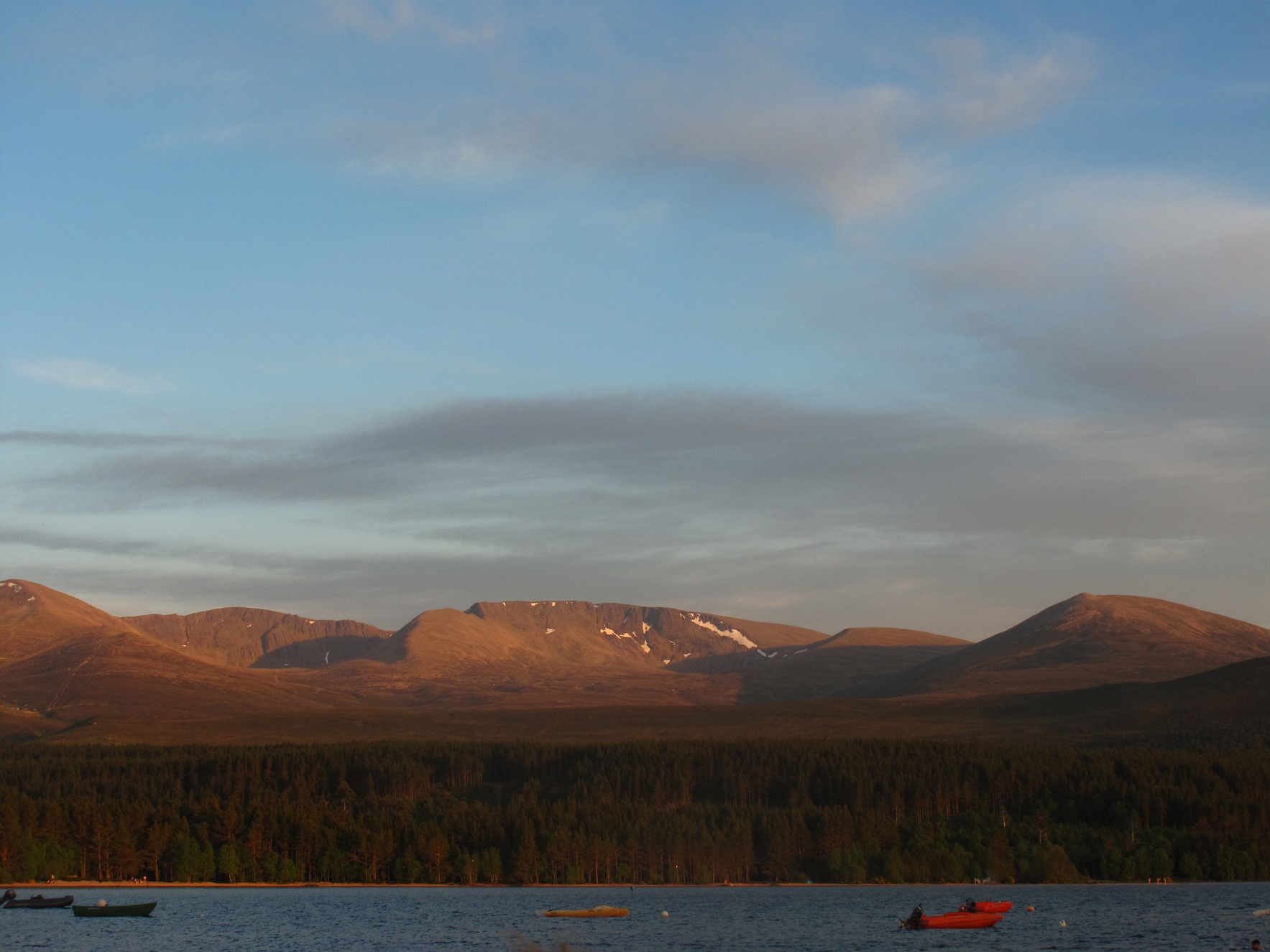
The Northern Corries are what make up the North West side of Cairn Gorm, Britain’s 6th highest mountain at 1245m high. There are 3 corries in total that sit side by side to one and other, each having it’s own individual character. A coire (corrie) or cirque is an amphitheatre like, bowl shaped valley formed by glacial erosion. The head of a coire is usually very steep with cliffs and rock faces. Below these, a steady downhill slope carved by the glacier that would have once existed.
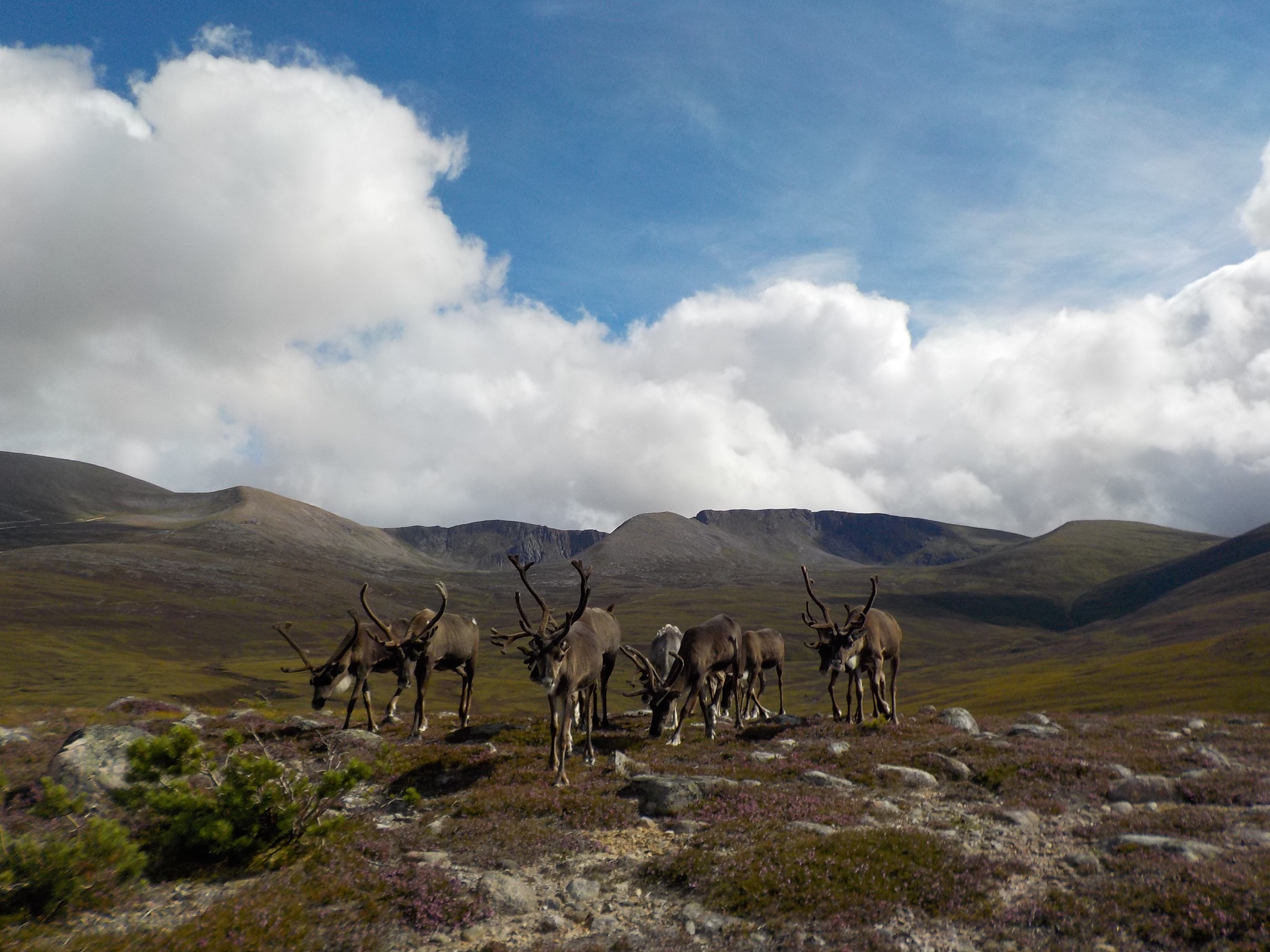
As one of the most iconic spots in the whole of the Cairngorms National Park they are also popular with people, in particularly Coire Cas. This is the most eastern of the 3 corries where the ski centre and funicular railway is. It’s over 50 years since the first chairlift opened to skiers and it’s grown in popularity ever since. Our reindeer have been known to wander here every now and again but during the winter months they tend to keep their distance from the busy ski slopes. However, they have often been seen licking salt off the road to the main carpark! Interestingly, other animals such as mountain hare and the ptarmigan also use the busy slopes as protection from predators such as the Golden Eagle and Ravens who, like our Reindeer usually keep away the busier areas.
The central coire of Coire an t-Sneachda is the most dramatic. Here the cliffs can be up to 200m high and below them, a huge boulder field with rocks the size of cars that have been crumbling away from the cliffs high above for thousands of years. During the winter, climbers and mountaineers can flock into the coire if the conditions are good as it is one of the most reliable places for this style of climbing anywhere in the UK. For our reindeer, I could imagine there is actually a lot of food for them in the coire with lots of boggy areas where lichen would thrive but over the years. Unfortunately for them, Sneachda has also got busier and busier with people and it’s become a place where the reindeer spend less time other than the odd spot of grazing.

The final and most westerly coire is Coire an Lochain. This is another steep sided coire where more giant cliffs lie at the back. It is also home to the highest loch or lochain in Scotland at around 920m. What makes this coire special is that it’s thought to have had the UK’s last glacier as little as a few hundred years ago. Remnants of this are still visible all around the coire, but the most obvious sign of past glacial activity is the Great Slab, a glacial moraine of rock that sits proudly just under the upper cliffs.
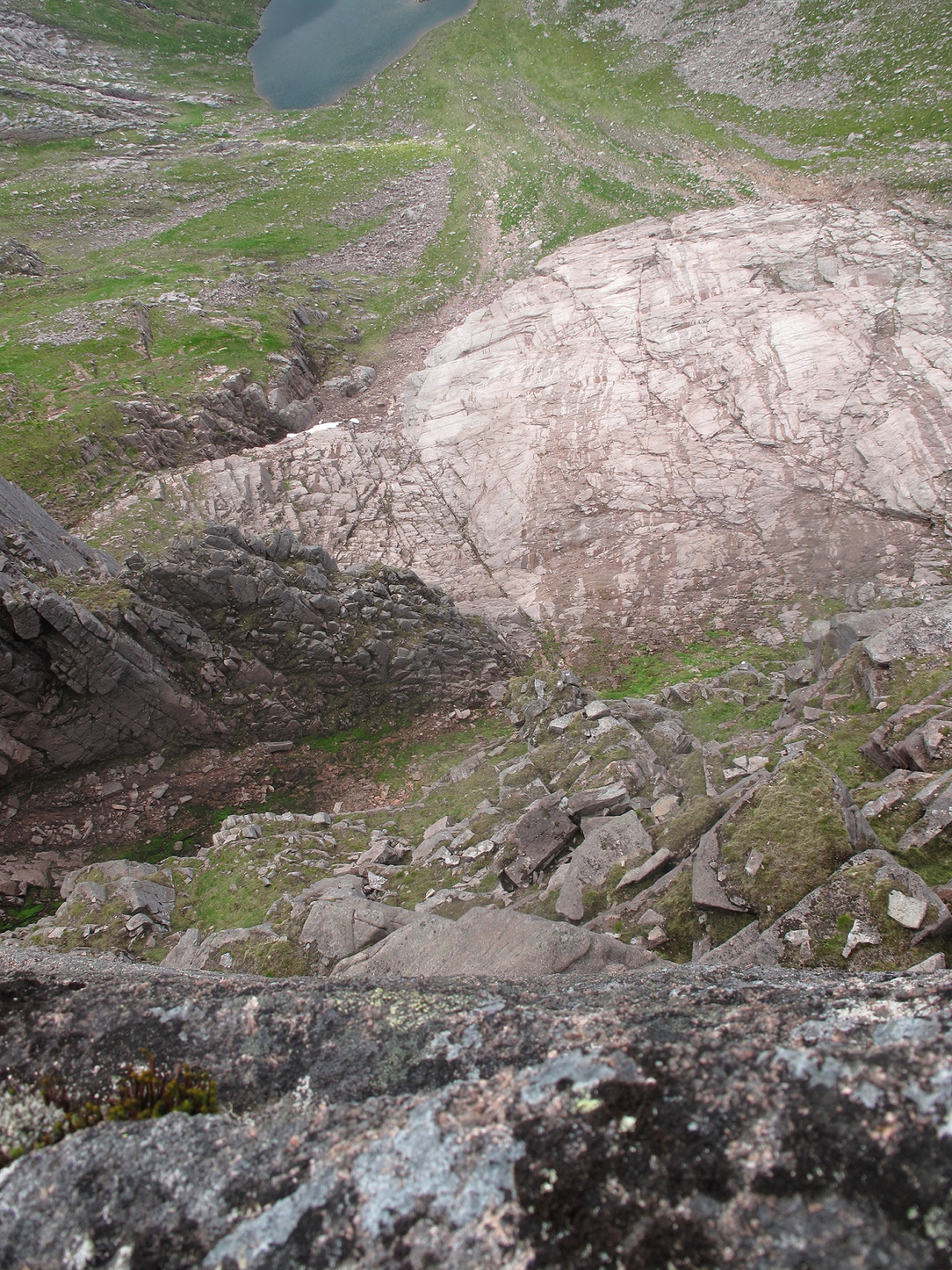
Climbers and walkers do regularly venture into Coire an Lochain but not in the numbers that the other two coire get. Being a little quieter, this is the most popular of the coires for the reindeer. Similarly to Coire an Sneachda, the coire is much wetter than the plateau with many small burns and boggy areas, meaning there is more lichen and other foods for them. The females and calves have been found there a few times recently. On the whole though, the reindeer don’t spend huge amounts of time here and usually pass through to higher, more remote places in the summer months.
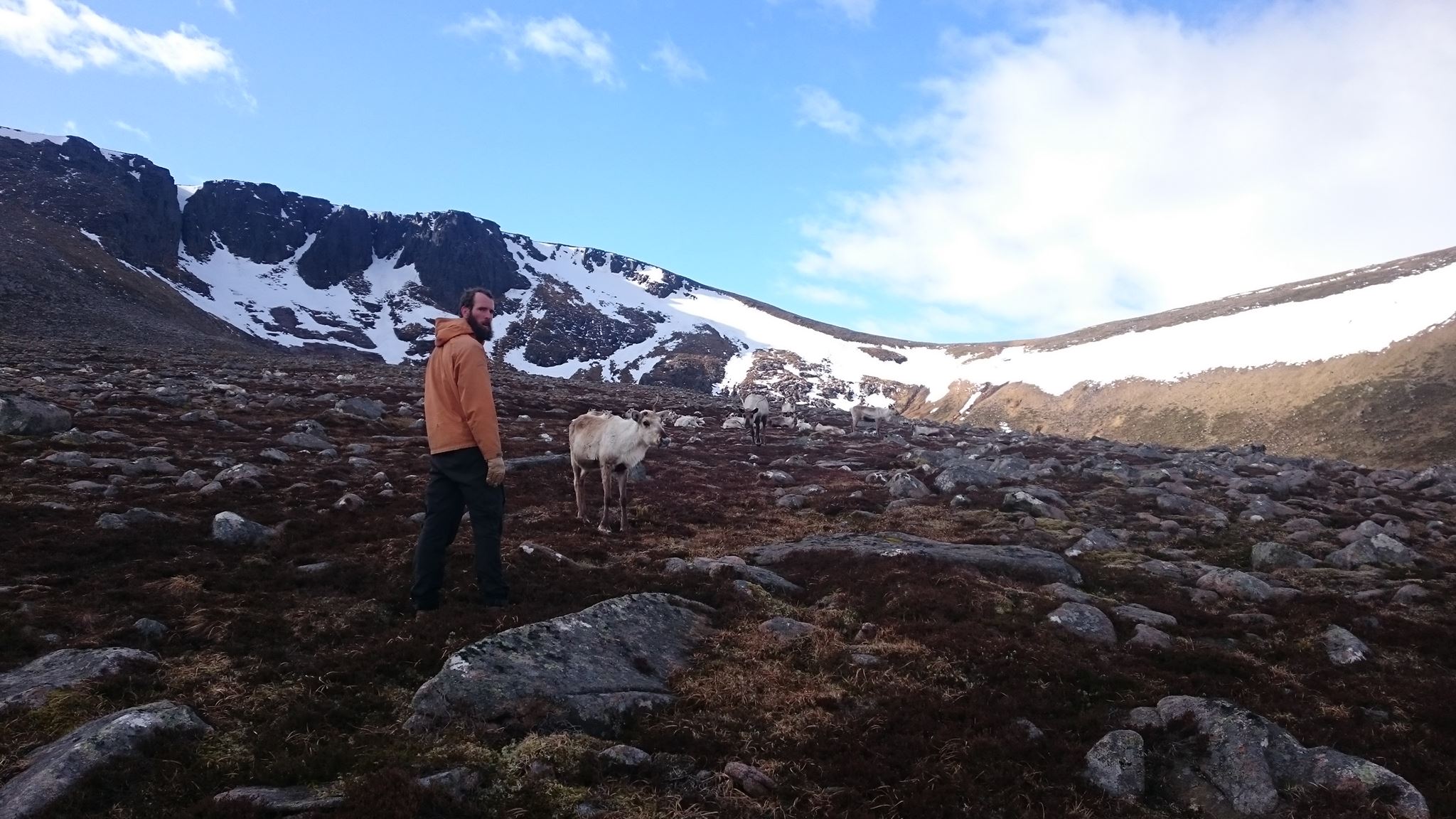
If you are planning on exploring the Northern Corries in the coming year summer or winter, keep an eye out for some of the herd. You may be lucky to bump into some of them in one of Britain’s true mountain areas.
Joe
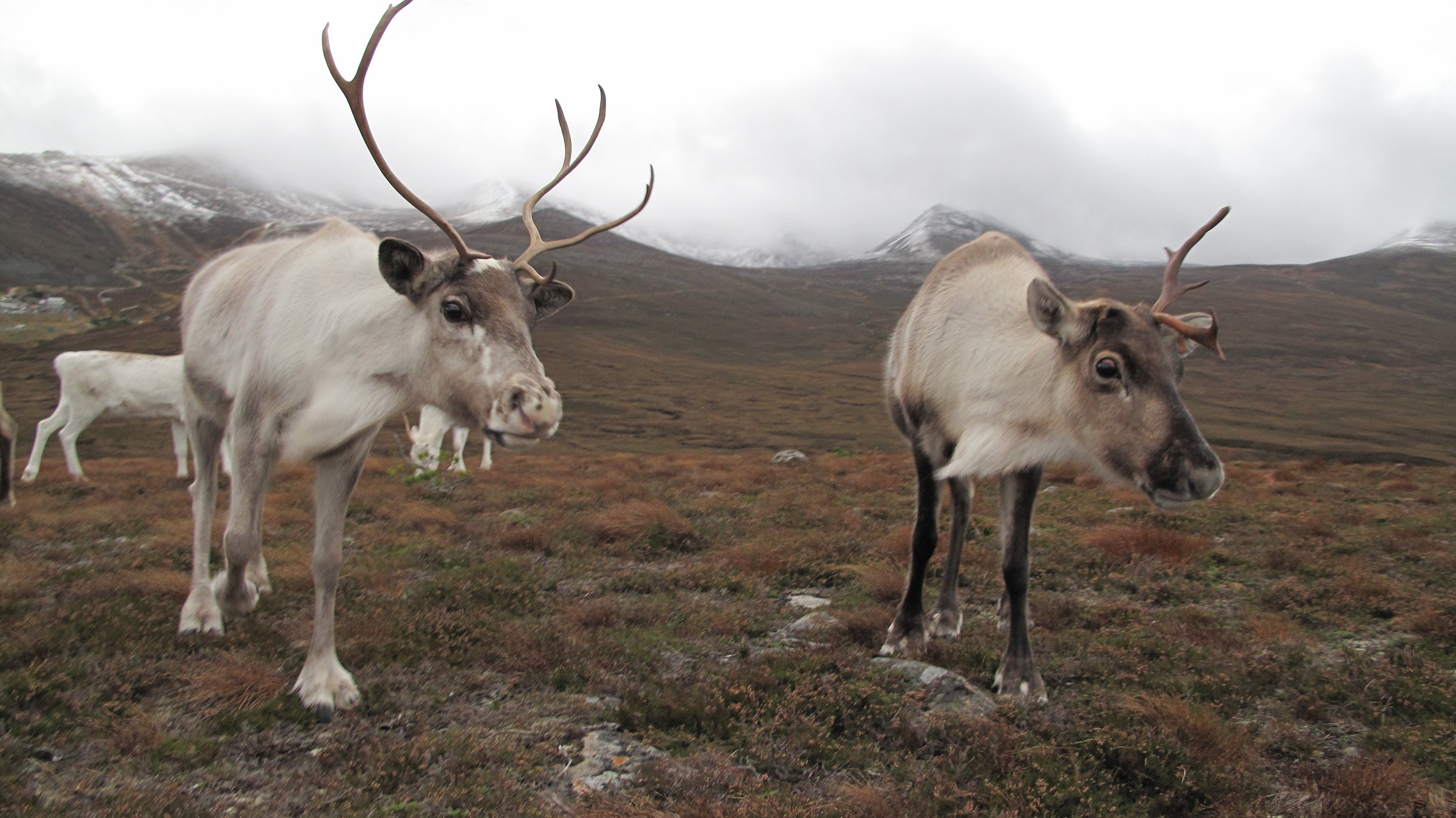

11 Replies to “The Northern Corries”